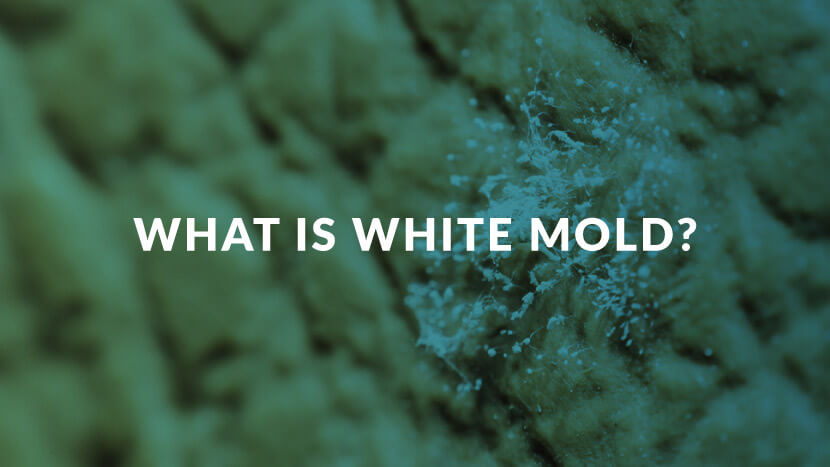
What is White Mold? How to Identify White Mold
Mold is a common issue homeowners have to deal with regularly due to damp conditions in their homes, such as leaks or spills. But did you know there are different types of molds? Many have heard of the infamous black mold, but are you aware of white mold?
What is white mold, and does it pose a greater threat than toxic black mold? CLEAR Restoration wants to help homeowners distinguish white mold from other types of mold and help them identify when white mold starts to grow in their homes. We also help homeowners eliminate mold with our expert mold removal and abatement services. Contact us at 225-245-3575 to restore your home and ensure the problem doesn’t return.
[Related: Causes and Prevention of Black Mold]
 What is White Mold: Understanding and Identifying White Mold
What is White Mold: Understanding and Identifying White Mold
White mold grows in areas with excess moisture, much like any other type of mold. What makes white mold stand out is its deceiving appearance. White mold has a powdery or fuzzy texture resembling a thin silk or cotton layer, making it difficult to identify. Also, it is easy to confuse white mold with mildew due to its similar appearance.
Other signs of white mold include musty odors, water spots on the walls and ceilings, discoloration on the walls and floors, and white spots or blotches on wood surfaces.
Much like regular mold, prolonged exposure to white mold will cause respiratory problems, such as:
- Sneezing
- Asthma Attacks
- Dizziness
- Watering Eyes
- Stuffy Nose
- Red or Itchy Skin
With your newfound knowledge of what white mold is and how to identify it, you can protect your home and your loved ones by calling CLEAR Restoration whenever you find it in your home. We provide quick and efficient mold abatement services to restore your home as soon as possible. Contact us today to keep your home and health safe.
What is White Mold: What Causes It?
Excess humidity is the leading cause of white mold growth. Moisture can be introduced in your home in several ways. Learning how moisture is introduced in your home will help prevent white mold from growing and causing other property damage.
- Leaks from pipes, windows, or roofs
- Insufficient ventilation
- Flooding or water damage
- Poorly maintained HVAC system
When you spot leaks or spills in your home, you’ll want to address them immediately, as the moisture will create a suitable environment for mold. The same goes for poor ventilation. If moisture is trapped in your home due to poor ventilation, mold will grow and spread rapidly.
If you experience water damage from flooding in your home, you need to contact an experienced and trusted water damage restoration company to help you deal with the issue and restore your home. Contact CLEAR Restoration today at 225-245-3575 to help you resolve water damage issues in your home.
What is White Mold: How to Prevent Growth
The best way to prevent white mold growth in your home is to reduce indoor humidity. You can do this by purchasing a dehumidifier and setting it and a fan in areas prone to accumulating moisture, such as bathrooms or your laundry room.
Next is to ensure you have proper ventilation in your home. Keeping your vents free of debris can help circulate air throughout your home. Monitoring air circulation in tight spaces that don’t usually have the best ventilation, such as a crawl space, will also help prevent white mold growth.
Lastly, you’ll want to keep an eye on leaks and spills to clean or repair them quickly.
[Related: How to Prevent Mold in Your House]
Contact CLEAR Restoration immediately if you notice white mold growing in your home. We have expert mold abatement services that can clean mold and return your home to pre-mold condition to keep your family healthy and home structurally sound. Contact us today at 225-245-3575 for mold abatement experts that don’t waste a second restoring your home.




